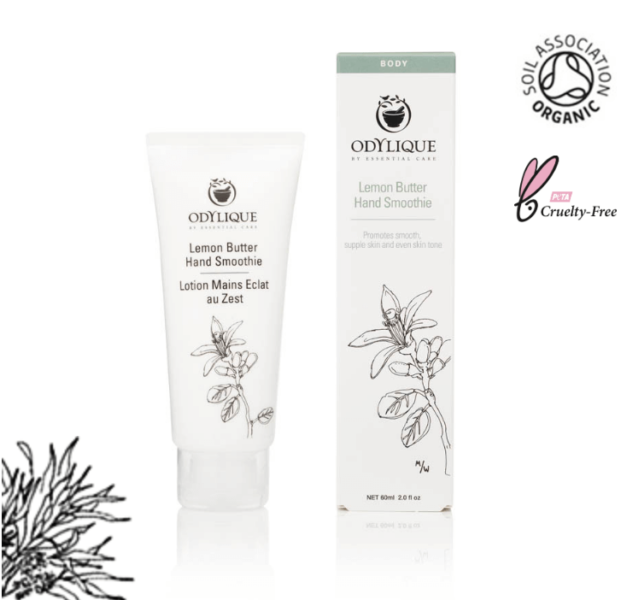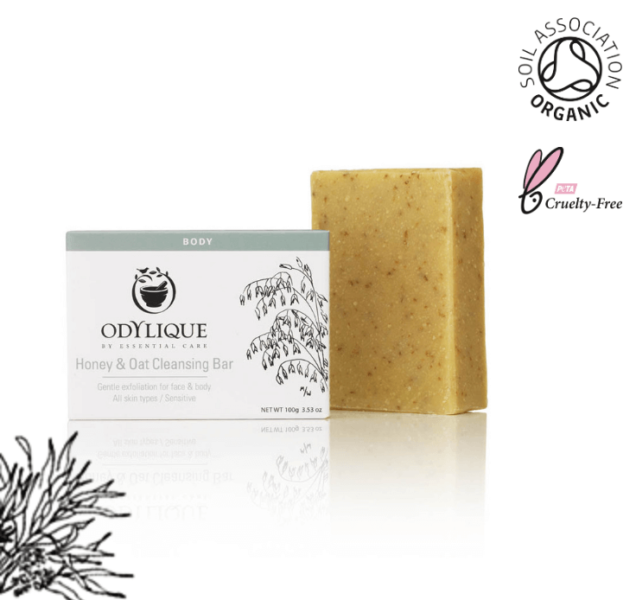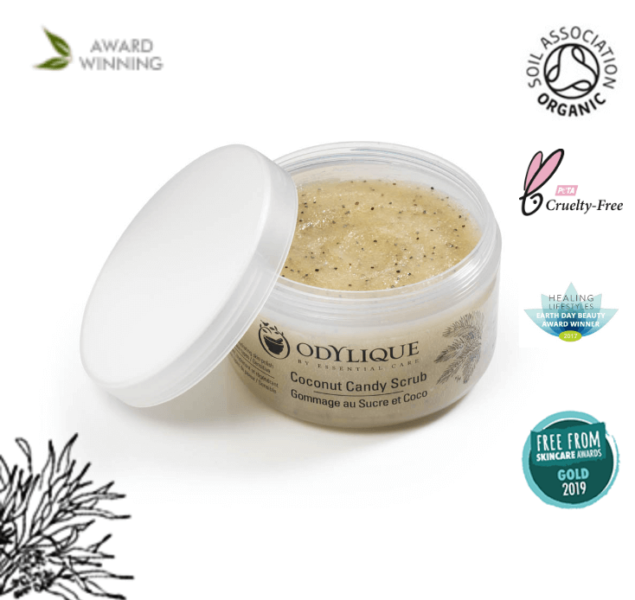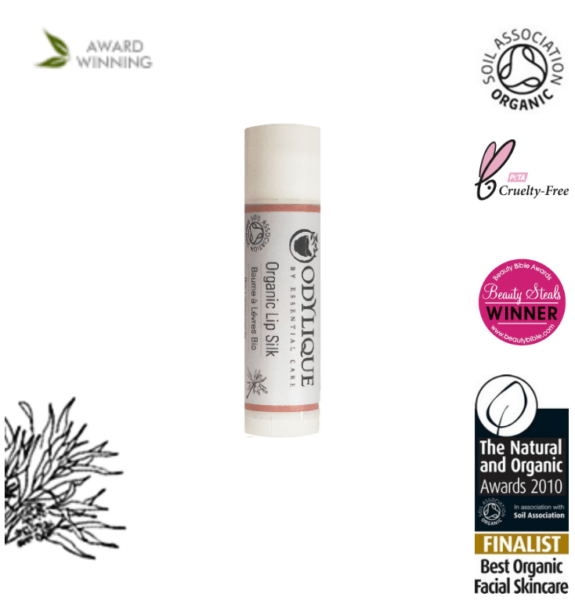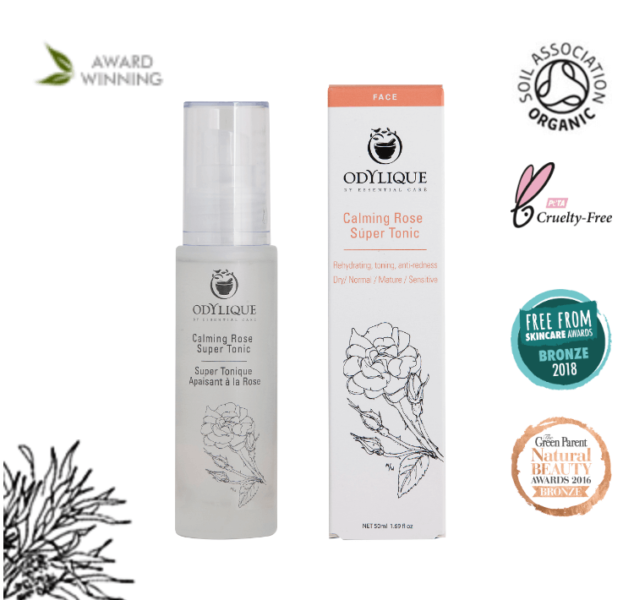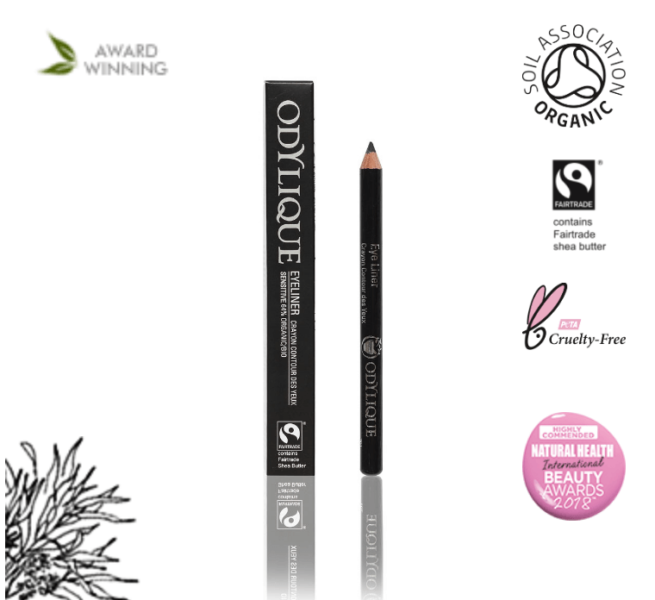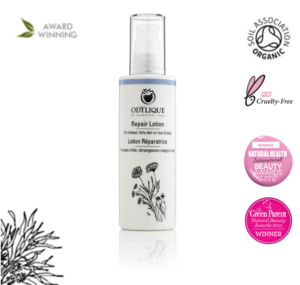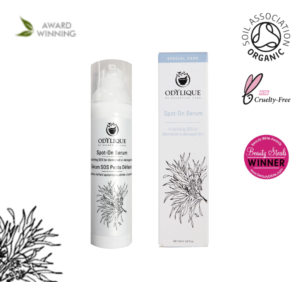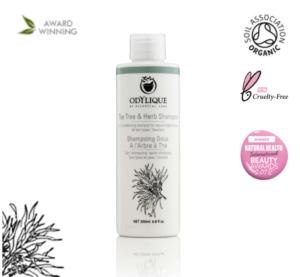It seems most of us will suffer from dry flaky skin at some point in our lives. But what causes dry skin, and what can we do about it? Our skin is the largest organ of our body and essential to life as well as our interface with the world, so it deserves the best loving care we can give it. Here we take a closer look at the skin’s dynamics to better understand the reasons for dryness and irritation and find effective solutions to keeping it healthy, balanced and looking its radiant best.
Read at your leisure, or jump straight to what you need...
Causes of Dry Skin
Normal vs Dry Skin
Treatment
Products
Dry Skin Causes
Dry skin, dehydrated skin or xerosis to give its medical term is due to a lack of moisture in the skin’s outer layers, generally through one or more of the following:
Normal Skin Vs Dry Skin
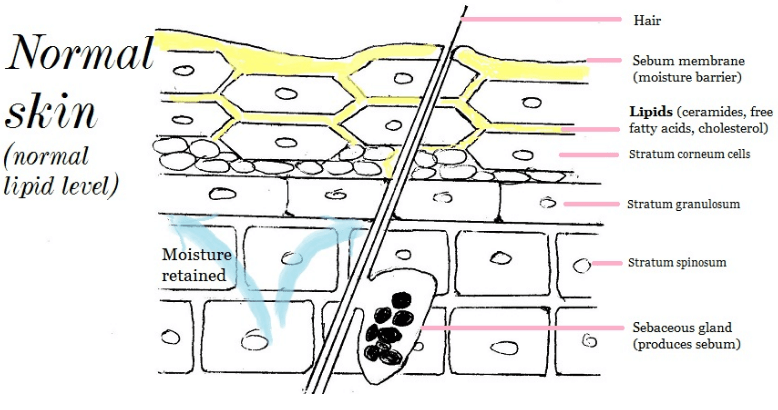
A vital function of our skin is to act as a protective barrier between our body and the environment, keeping vital moisture in and potentially damaging influences out. To maintain this function effectively requires that both moisture (called the skin's NMF or natural moisturising factor) and oil (sebum lipids) work together. For skin conditions like psoriasis, the skin's NMF isn't working as optimally as it should. To help aid this, we recommend using our Repair Lotion to restore moisture that has been lost.
The sebum lipids surround and support the surface skin cells. They are like mortar holding bricks together in a wall. Just as fully intact mortar keeps the wall strong and weatherproof, an intact lipid layer provides an effective barrier against loss of valuable moisture and gives protection against external injury from irritants, microbes, heat and cold etc.
But if the mortar is missing, a brick wall crumbles or in other words, if the skin loses it lipids and thus moisture, it becomes very dry and flaky, and vulnerable to further distress.
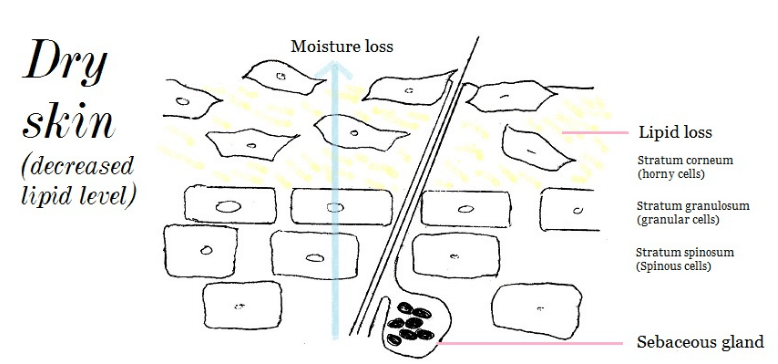
Although hormones, diet, medication and illness can be factors, dry skin is most commonly due to conditions like eczema and psoriasis, contact with irritants and detergents in cleaning products, toiletries and cosmetics, as well as environmental exposure or the ageing process.
Studies show that NMF (moisture) levels fall as we age 2, are universally low in dry, flaky or cracked skin conditions including atopic dermatitis3 (eczema), and are totally absent in psoriasis4.
By the time the skin feels dry or rough it may already have lost over 80% of its moisture and lipids – but the good news is that most dry skin conditions respond quickly to the right care.
Top Tips For Treating Dry Flaky Skin
1 - Use Moisturiser Effectively

Moisturising little and often - 3 to 4 times a day is a more effective way to help dry skin than slathering on a lot of moisturiser once a day. It’s particularly beneficial to moisturise just after a shower or bath when the skin is damp, so that you lock in moisture. Be consistent with your hydration routine; allow for at least two weeks to see improvement.
Don’t over-moisturise - skin can become ‘lazy’ and not produce enough of its own oils if you apply moisturiser to areas that don’t need it. This is particularly true of combination skin where there are patches of dry and oilier skin.
2 - Choose Your Moisturiser Ingredients Carefully

Research shows that replacing the skin's lost NMF and lipids with those that have a similar natural profile offers most rapid and effective repair. This makes sense - the body can quickly make use of substances that it recognises and needs.
The skin's primary lipid components include free fatty acids such as linoleic acid (omega 6) and alpha-linolenic acid (omega 3) and one or both of these are found abundantly in certain plant oils like: Olive, Sunflower, Rosehip, Pomegranate and Sea Buckthorn.
Indeed, research proves that these plant extracts are highly effective natural dry skin remedies. We use them across our range of moisturisers for dry skin.
3 - Avoid Synthetic Ingredients
In contrast, petroleum or mineral oil offers no kinship with the skin and no nutritional properties. Which is why using genuine natural, organic skin care is important. Moisturisers full of synthetic ingredients only mask the problem, rather than help repair it for good. Studies show that natural substances such as coconut oil are superior to synthetic counter-parts like mineral oil. [4]


Remember also that oil is not part of the skin's natural moisturising factor. While oils (and balms) should provide valuable skin nutrients and conserve existing moisture in the skin, helping to lock it in and slow down evaporation from the skin's surface, only plant waters and juices provide added moisture.
So if moisture is depleted, the skin benefits from a carefully balanced
organic moisturiser product comprising both waters and oil, to keep it smooth and hydrated.
4 - Use The Right Moisturiser For The Right Part Of Your Body

The top layer of skin around the eyes is about half the thickness (0.05mm) of the skin elsewhere on your body. The skin on your feet can be more than 10 times thicker.
So, whilst the eye area appreciates a lighter moisturiser to avoid puffiness, your feet will love a rich balm pamper.
Body areas can benefit from a lotion or a richer balm or Toning Fruit Body Butter, ideally applied after a shower or bathing whilst your skin is warm and receptive.
5 - Cleanse To Promote Cell Renewal, But Only Exfoliate Gently
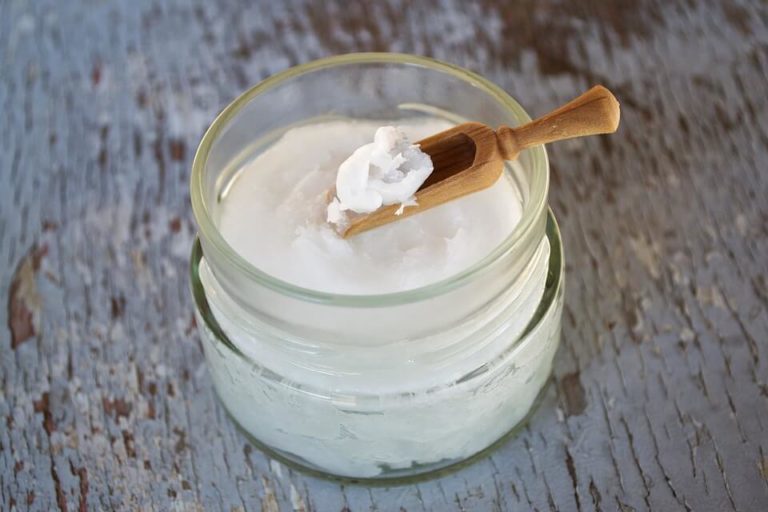
Cleansing helps to get rid of dry dead skin cells and promote renewal of cells that can hold moisture more effectively.
Exfoliation removes dead skin cells to a higher degree and should be done carefully or not at all on very sensitive skin to avoid leaving the skin open to attack from cold air and toxins.
On your face, consider using a cleanser for dry skin or cleansing balm; they work very well on makeup and slide impurities off without dragging the skin. If you prefer a rinse-off cleanser, try our innovative gel to milk Silk Touch Cleanser that leaves a layer of hydration.
6 - Don't Get Into Hot Water
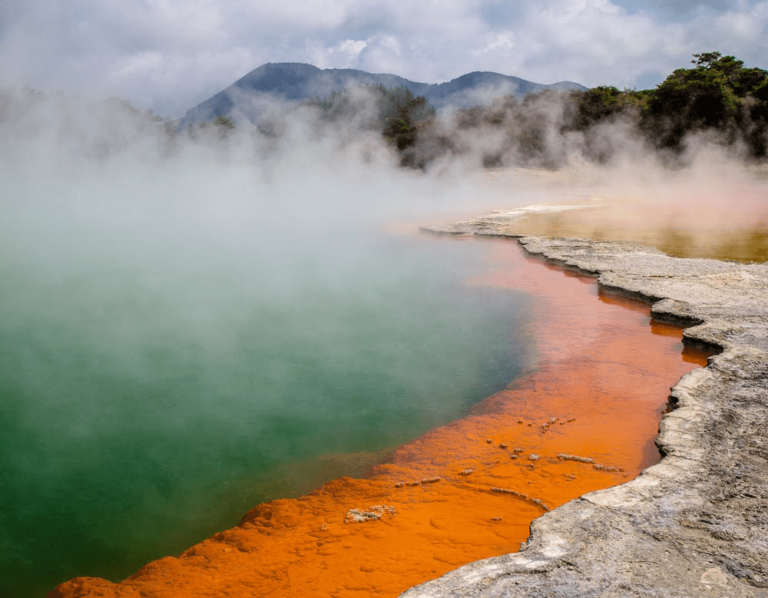
When bathing, showering or washing your hands, avoid very hot water, even if it does feel glorious on a cold day.
Hot water can damage your skin and leave it feeling dry. Limit your time bathing to a maximum of 15 minutes and keep the water warm, rather than hot. After you towel dry (gently pat dry!) apply moisturiser as soon as possible.
7 - ...Or Work Up A Lather
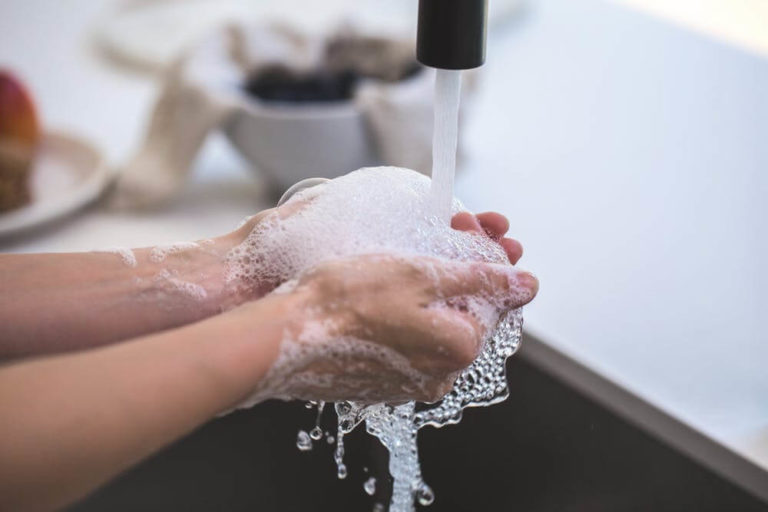
Bubbles from soap and hand wash are often associated with effective cleansing. But actually more lather doesn’t necessarily mean cleaner. A mild organic soap or shower gel for dry skin will do the job just as well. Harsh detergents do have a strong binding mechanism with fats, stripping out the dirt and grease, but they also remove your skin’s natural oils.
Choose products with mild cleansers and avoid sulphates which are acknowledged as being among the harshest detergents. Sulphate free shampoos are increasingly available.
8 - Be Aware Of pH Balance
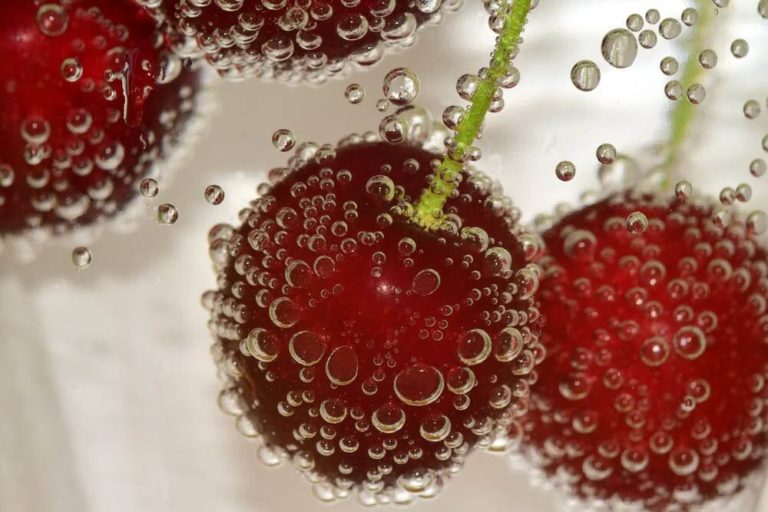
Protecting your skin’s ‘acid mantle’ – the watery part of a film that covers your skin is crucial in understanding how to stop dry skin.
The acid mantle is so called because it is slightly acidic (at pH 4.75 – 5.75 depending on age, sex and where the skin is on the body).
But many skin care products and particularly detergents e.g. shampoos and shower gel are actually alkaline and can upset your skin’s pH. So look out for pH-balanced shampoo and body wash - 5.5 is commonly used as the best all-round value.
9 - Wrap Up In Winter

One of the best home remedies for dry skin is simply to wrap up warm. Create a barrier of soft snuggly hats, scarves and gloves to guard against dry skin in winter. Likewise, light cotton clothes can help to prevent skin dehydration in summer.
Taking advantage of a humidifier in your home may also help keep your skin hydrated in the winter months.
10 - Avoid Irritants

From harsh chemicals to rough clothes to cleaning products – irritants can make us itchy which just makes dry skin worse. Damaging the skin through scratching leaves it more prone to moisture loss, dehydration as well as toxins and allergens.
Irritants can also be found in your clothes, depending on what you wash your clothes with (more information on this can be found here) and depending on what fabrics you are wearing.
The most common culprits are wool, polyester and nylon.
11 - Drink And Eat Well
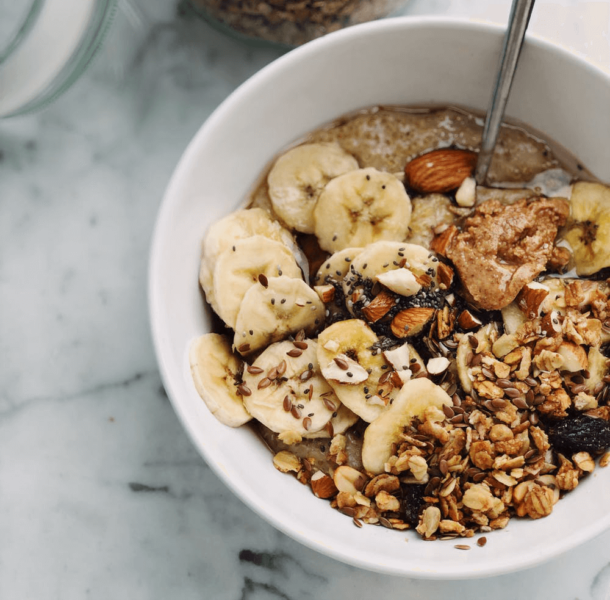
Regular fluid intake is another important home remedy to help skin looking healthy from the inside. Drinking regularly (water or herbal tea) throughout the day is better for absorption of fluid in the body than taking a lot in one go.
Foods that are beneficial for dry skin include fish, pulses and nuts because they are rich in the fats and oils that occur naturally in the skin. Flaxseed oil in particular has shown promise in the treatment and prevention of dry skin by improving the skin barrier function and increasing hydration.
Supplements like GLA (gamma linoleic acid), borage oil and starflower oil are often recommended for dry skin as they provide a rich and readily available source of skin nutrients to correct dietary imbalance.
If your skin is very dry all the time, it may be worth consulting a nutritionist.
12 - Consider A Water Softener
Living in an area where the water is “hard” (meaning that the water has a high mineral content) can have an affect on the appearance of your skin. High mineral content in the water effects its pH and it tends to be very alkaline – which contrasts with the pH of your skin, which leans more toward the acidic side. Disrupting the pH balance of your skin can result in a drying effect.
Hard water also interferes with how well products are rinsed off of your skin. Because hard water already has minerals dissolved in it, it leaves less “room” for other solutes (like shampoo and soap) to enter the solution, leaving a residue behind when you try to rinse off. Left over product (particularly if it’s synthetic/contains irritants) can aggravate your skin and clog your pores.
On the same note, irritating substances can be left behind on your clothes after you wash them, which can leave your skin itchy and dry after wearing them. Be sure to use the best washing powder possible - we'd recommend the most natural and organic one you can find - to lower the risk of skin irritation.
If you suspect/know your water supply is hard, a water softener can be installed. In the mean time, try to use soft, shop-bought water where possible (perhaps to use when washing your face, which is more sensitive and prone to drying).
Dry Skin Remedies

Dry skin can appear anywhere, but the most common places to get dry skin are on your face, lips, hands, elbows, knees and feet. It can affect an entire area or appear as patches of dry skin.
Dry hands
Our hard-working hands can suffer exposure to any number of drying and irritant elements. So the first line of defence is protective gloves – whether for household tasks, work, gardening or simply to keep them warm.
In the absence of gloves, after rinsing and drying hands, massage in a little light, absorbent lotion or organic hand cream, not forgetting around cuticles.
If hands are already dry or cracked then cleanse well with an exfoliating soap (oats are soothing and gentle) or massage in a rich sugar-based scrub and top up with a protective ‘special care’ balm packed with healing actives like raw shea, calendula or sea buckthorn lightly applied during the day and more generously last thing at night. This should soon have them looking - and feeling - their best again.
Our hands can also be an age give-away, so just like your face, treat them to UV-protecting antioxidant skin care.
| Lemon Butter Hand Smoothie | Honey and Oat Cleansing Bar |
Cracked Heels
Dry, coarse and cracked skin on our feet can be both uncomfortable and unsightly! The skin around the heels is thick and prone to become tough, dry and hard and lacking in elasticity – the result, cracks and splits. Friction between skin and shoes can also cause painful callouses to form on toes. Our feet work tremendously hard for us and with just a little preventative or remedial care can repay us with comfort, good looks and general wellbeing too.
The first step is to smooth away some of the coarse, rough upper layer of dead skin with a foot file or pumice stone. Then give your feet a good soak in warm water to soften the skin, maybe with a few added drops of organic essential oil like soothing lavender or anti-microbial tea tree. Rinse and pat dry, then massage in a nourishing balm to lock in the moisture – one containing calendula is ideal to aid the healing of dry, cracked skin.
For regular maintenance or a great foot spa treatment, a moisturising exfoliator like our Organic Coconut Candy Scrub will ensure your feet stay smooth, soft and pampered.
| Organic Coconut Candy Scrub |
Cracked Lips
Chapped and sore lips are a common sign of exposure to biting winds as cold air causes the lips to lose moisture. When this happens, we tend to lick them more often to ease the discomfort which usually aggravates the problem. The best treatment for sore, chapped and dry lips is to frequently apply an organic lip balm containing nourishing plant oils, waxes and soothing ingredients to help lock in moisture, promote healing and protect against further dryness from the elements. A natural based lip balm in stick form is a handy on-the-go preventative and looks - and tastes - good too.
| Organic Lip Silk |
Dry skin on Face
The skin on our face and neck tends to be the most sensitive and with constant exposure to the elements and UV light, the first to show signs of aging, especially if dry. Extreme or sudden dryness may be a symptom of a sensitivity to certain ingredients such as synthetic dyes, fragrances, preservatives and other common allergens 5 found in cosmetics, skin care and hair care.
Once any irritant problem has been addressed, treating dry facial skin daily to the kindest, most hydrating and antioxidant (therefore anti-aging) rich organic facial moisturisers, will keep it looking its smooth and youthful best.
Dry skin around the eyes:
The skin around the eyes is particularly thin and sensitive, so opt for pH balanced skin care and natural or organic make-up free from common irritants. A moisturiser containing a good balance of light plant oils can double as a daily eye cream. Pure rose petal water is excellent for the eye area due to its calming, rehydrating and toning qualities. Apply it either as a light spray to closed eyes or on damp cotton pads. Odylique Calming Rose Super Tonic and Timeless Rose Moisturiser are both based on organic rose petal water and offer soothing, balanced hydration for around the eyes. If watering eyes is adding soreness to the problem, try a very sparing application of a balm containing calendula, chamomile or sea buckthorn until it improves.
Choosing foundation, mascara and eyeshadow which are certified to organic or natural standards will ensure they’re based entirely on skin-kind mineral colours, natural plant oils and actives and are free from potential irritants like strong preservatives, synthetic solvents and dyes.
| Timeless Rose Moisturiser | Calming Rose Super Tonic | Organic Makeup |
Flaky or Scaly Skin Conditions:
Flaky skin is typical of the reduced NMF and disturbed barrier function seen in eczema and contact dermatitis. The dead and loose surface skin layers can give the skin a dull or rough appearance and become irritated, itchy and inflamed. Maintaining a balance of oil and moisture and re-establishing the protective barrier function are vital to overcoming dry, flaky and disturbed skin.
Scaly skin has raises plaques with defined edges giving the appearance of fish scales and is typical of psoriasis and pityriasis rosea. As research shows the NMF is often absent in psoriasis, pure aloe vera juice would seem an important ingredient, from lotion to shampoo, for the intense rehydration needed. Vitamin A has also be found effective and as calendula petals are extremely rich in beta carotene (pro vitamin A) it may explain why our Calendula Balm and Repair Lotion have both been reported so helpful in relieving chronic psoriasis. Some forms of pityriasis are due to a yeast infection so may respond well to Spot-on Serum and Tea Tree Shampoo. Both have anti-fungal properties and like all Odylique lotions, organic washes and natural shampoos, contain an effective concentration of aloe juice for restoring that all-important barrier function against further microbial attack.
| Calendula Balm | Repair Lotion | Spot-On Serum |
| Tea Tree Shampoo | Creamy Coconut Cleanser | Gentle Herb Shampoo |
Keeping consistency in your skincare routine is key and remember that preventing dry skin from occurring in the first place is easier than treating it. For example, research has shown oil baths “seem to reduce xerosis and may possibly reduce atopic eczema in children” (before it has occurred in the first place!).
Keeping your skin hydrated and free from a dry, flaky appearance need not be an uphill battle!
Want To Try Our Products?
We only source the kindest ingredients from trusted suppliers who don’t practice unethical or cruel methods of farming, which is why we are able to label every single one of our products cruelty free!
Use code: DrySkin20 at the checkout for 20% off your order! - *Limited to one use per customer*
More Advice?
If you'd like any more advice on caring for dry skin, please do email us – customercare@odylique.co.uk, add your question as a comment below, or call 01638 491022 – we're here to help! Browse our range of dry skin moisturisers now.
About the Author:
Margaret Weeds, founder of Odylique, first trained in beauty therapy in the 1970s and went on to study aromatherapy and herbal medicine in the early 1980s. She has been formulating natural products for sensitive skin for over 30 years and is widely recognised as a pioneer in the industry. Her formulations including Gentle Herb Shampoo and Coconut Candy Scrub have won countless awards for innovation and efficacy.
References:
K Neukam, S De Spirt, W Stahl, M Bejot, J-M Maurette, H Tronnier, U Heinrich, ‘Supplementation of flaxseed oil diminishes skin sensitivity and improves skin barrier function and condition.’, Skin Pharmacol Physiol. 2010 Nov 18;24(2):67-74. Epub 2010 Nov 18. PMID:21088453
Silke De Spirt, Wilhelm Stahl, Hagen Tronnier, Helmut Sies, Marie Bejot, Jean-Marc Maurette, Ulrike Heinrich, ‘Intervention with flaxseed and borage oil supplements modulates skin condition in women.’, Br J Nutr. 2009 Feb;101(3):440-5. Epub 2008 Sep 2. PMID: 18761778 Feb 01, 2009
David Voegeli, ‘The effect of washing and drying practices on skin barrier function.’, J Wound Ostomy Continence Nurs. 2008 Jan-Feb;35(1):84-90. PMID: 18199943, Jan 01, 2008
Shim, J.H., Park, J.H., Lee, J.H., Lee, D.Y., Lee, J.H. and Yang, J.M. (2016), Moisturizers are effective in the treatment of xerosis irrespectively from their particular formulation: results from a prospective, randomized, double-blind controlled trial. J Eur Acad Dermatol Venereol, 30: 276–281. doi:10.1111/jdv.13472
Anna Liza C Agero, Vermén M Verallo-Rowell, ‘A randomized double-blind controlled trial comparing extra virgin coconut oil with mineral oil as a moisturizer for mild to moderate xerosis.’, Dermatitis. 2004 Sep ;15(3):109-16. PMID: 15724344
B.K. Kvenshagena, K.-H. Carlsenb, P. Mowinckelc, T.L. Berentsb, d, K.C.L. Carlsenc, ‘Can early skin care normalise dry skin and possibly prevent atopic eczema? A pilot study in young infants’, Allergologia et Immunopathologia Volume 42, Issue 6, November–December 2014, Pages 539–543, 2014
Image credit: Woodenearth.com


